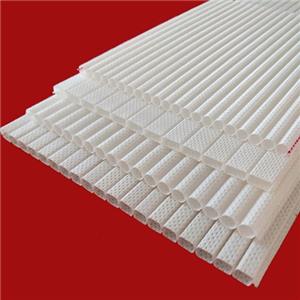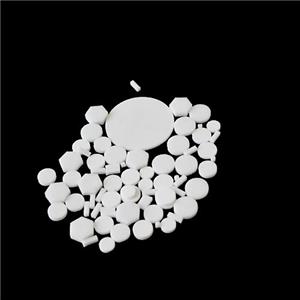Factors affecting the life of lead-acid batteries
- By: JinHan
- Sep 05,2022
follow us
The failure of lead-acid batteries is the result of a combination of many factors, which is determined by the internal factors of the plates, such as the composition of active substances. Crystal form, porosity, plate size, grid material and structure, etc., also depend on a series of external factors, such as discharge current density, electrolyte concentration and temperature, discharge depth, maintenance conditions and storage time. The main external factors are described here.
◤ Depth of discharge ◥
The depth of discharge is the degree to which the discharge starts and stops during use. 100% depth means full capacity release. The life of lead-acid batteries is greatly affected by the depth of discharge. The key point of design consideration is deep cycle use, shallow cycle use or floating charge use. If a shallow cycle battery is used for a deep cycle, the lead-acid battery will quickly fail.
Because the positive active material lead dioxide itself is not firmly bonded to each other, lead sulfate is generated during discharge, and it returns to lead dioxide when charged. The molar volume of lead sulfate is larger than that of lead oxide, and the volume of active material expands during discharge. If one mole of lead oxide is converted to one mole of lead sulfate, the volume increases by 95%. In this way, the repeated shrinkage and expansion will gradually loosen the mutual bonding between the lead dioxide particles, which is easy to fall off. If only 20% of the active material of one mole of lead dioxide is discharged, the degree of shrinkage and expansion will be greatly reduced, and the damage of the binding force will be slow. Therefore, the deeper the discharge depth, the shorter the cycle life.
◤ The degree of overcharge ◥
A large amount of gas is precipitated during overcharging. At this time, the active material of the positive plate is impacted by the gas, and this impact will promote the falling off of the active material; The application period is shortened.
◤ The influence of temperature ◥
The life of lead-acid batteries increases with temperature. Between 10°C and 35°C, for every 1°C increase, approximately 5 to 6 cycles are added, and between 35°C and 45°C, each increase of 1°C can prolong the life for more than 25 cycles; The negative electrode sulfidation capacity is lost and the life is reduced.
Battery life increases with temperature over a certain temperature range because capacity increases with temperature. If the discharge capacity remains unchanged, the depth of discharge decreases when the temperature increases, and the solid life is extended.
◤ The effect of sulfuric acid concentration ◥
Although the increase of acid density is beneficial to the capacity of the positive plate, the self-discharge of the battery increases, the corrosion of the grid also accelerates, and it also promotes the loose and shedding of lead dioxide. With the increase of the acid density used in the battery, the cycle life decreases.
◤ Influence of discharge current density ◥
As the discharge current density increases, the life of the battery decreases, because under the conditions of high current density and high acid concentration, the lead dioxide of the positive electrode is caused to loose and fall off.
Another failure mode is water loss. For open batteries, water loss is a normal maintenance, and for sealed batteries, it should not occur under strict control. Therefore, water loss is not included in the failure mode. The problem of water loss from sealed batteries is focused on electric bicycles. It is because the constant voltage value of charging is too high.
--End--

 English
English Russian
Russian Portuguese
Portuguese Arabic
Arabic Bangla
Bangla Indonesian
Indonesian








